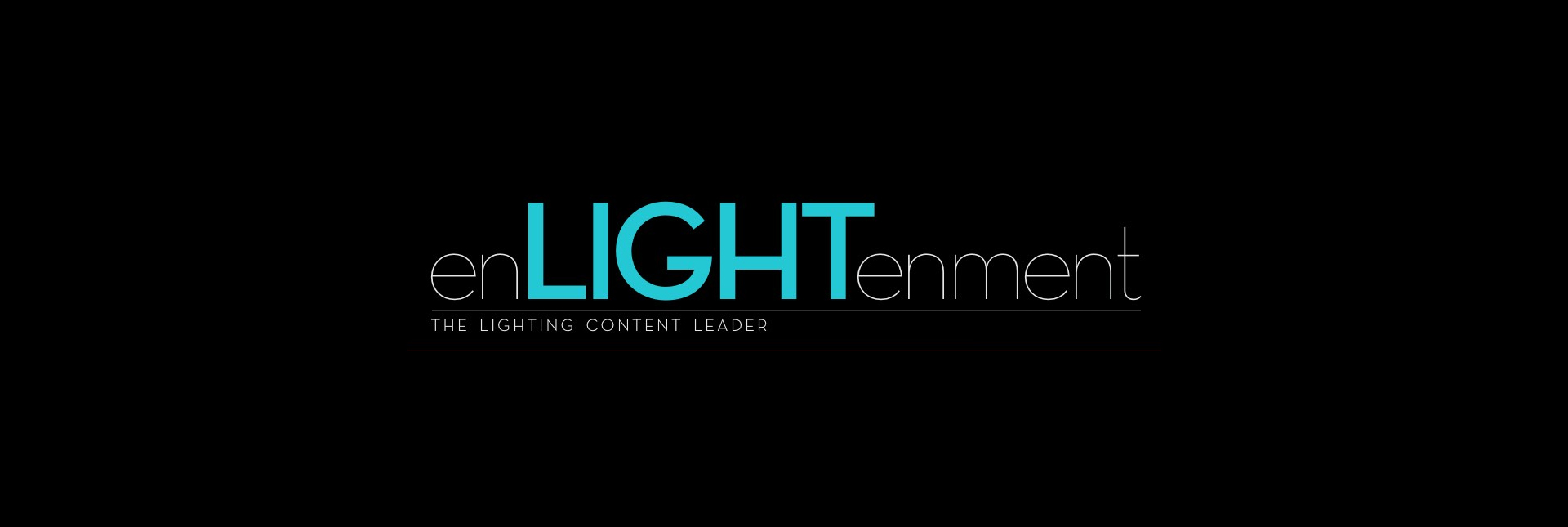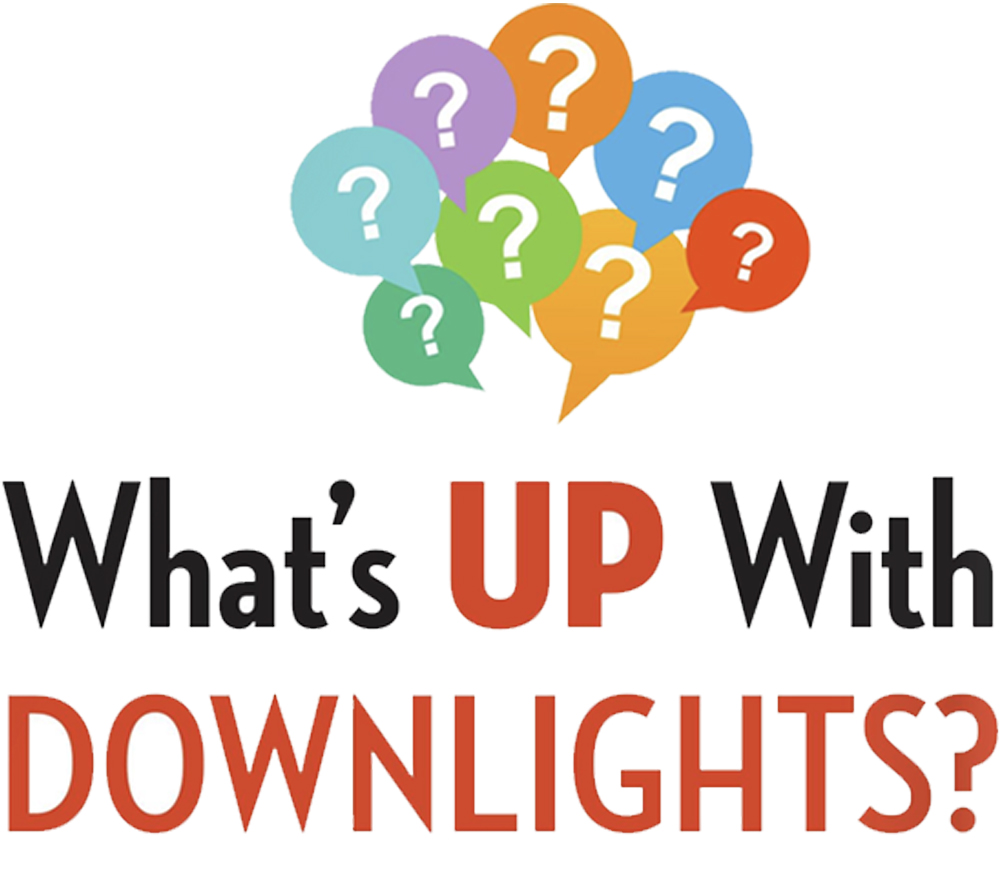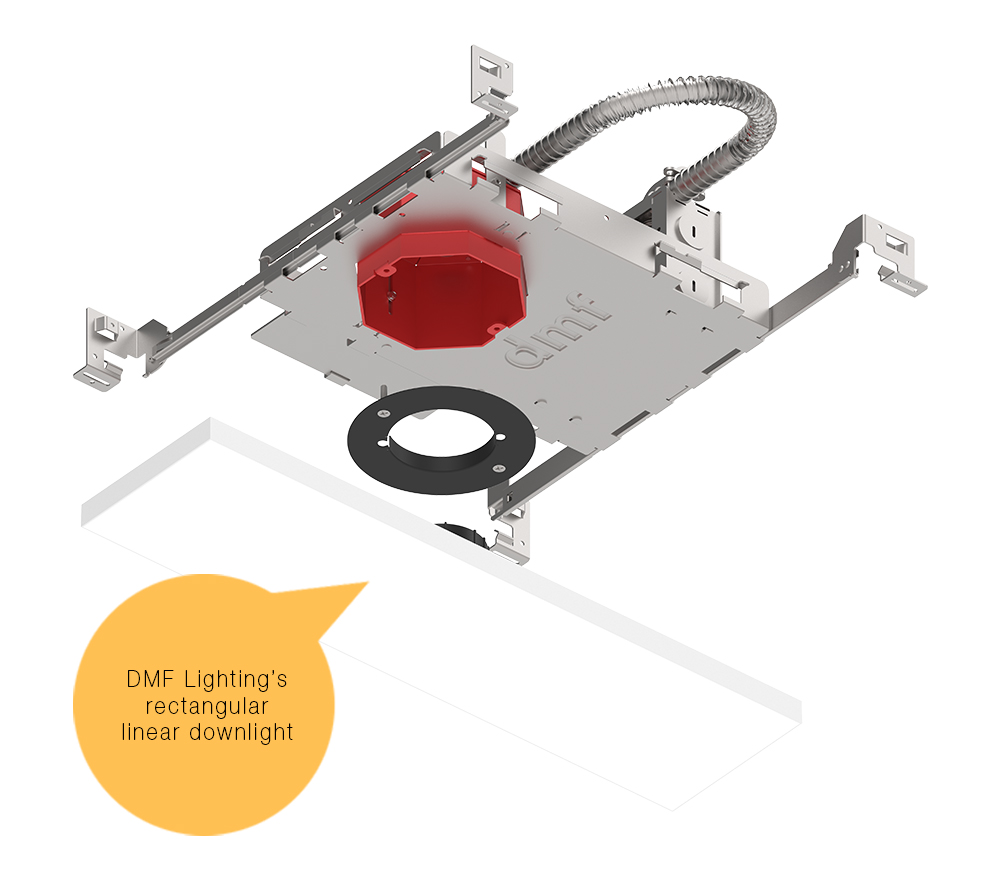News
enLIGHTenment Chats with DMF’s Marketing Director
The Lighting Trade Publication sits down with industry leaders to discuss current trends and the future of downlighting

enLIGHTenment Magazine is the content leader for news, trends, and important information affecting the residential lighting community. Their award-winning editorial team works diligently to curate content with a product-driven approach.
At LFI2019, they interviewed a select group of industry leaders and manufacturers to discuss how options and controls are revolutionizing downlights.
Recessed downlight are going through some dramatic changes.
BY DAVID SHILLER
Before we jump into all the latest trends in recessed lighting, let’s remember why downlights are so important. In short, they’re the best-selling luminaire type by units sold. According to market research by IMARC, the global LED downlight market reached $17.3 billion in 2018, and is projected to reach $29 billion by 2024. That’s a healthy compound annual growth rate (CAGR) of 8.4 percent. Downlights have helped lead LED adoption due to being directional and their very high volume. Downlights have become increasingly popular in both new construction and retrofit applications, both for general and accent lighting and in all market categories: residential, hospitality, retail, corporate, municipal, and healthcare.
All the various trends in downlight can be summed up in two words, “options” and “control”. Here are some of the trends occurring lately in downlights.
Mechanical Trends
- Greater range of aperture sizes. While downlight used to be primarily 5 and 6 inches, they are now also offered in 1, 2, 3, 4, and 8 inches.
- Easier installation methods
- Slim profiles are now offered by many manufacturers, some as thin as 0.5″-thick flush mounts that don’t require any recessed housing. This can significantly reduce labor without a recessed can to install.
- Mudded-in/trimless installation for the ultimate clean ceiling look
- New linear format downlights
- More and more trim options
Photometric Trends
- Increased lumen outputs. You can now find 4-inch downlights up to 8,000 lumens and 8-inch downlights up to 20,000 lumens
- More adjustable beam pattern options
- Lower glare / more diffuse reflectors
- Higher CRI LEDs (90+) due to CA Title 24 requirements, and to better compete with halogen sources
- Increased use of chip on board (COB) sources, as a single point source with greater optical control
Control Trends
- More wireless beam shaping, whether using motors (i.e. Forma Lighting) or LCD lenses (i.e. LensVector)
- Increased aiming through gimbals and motors
- 0-10V, phase control, and wireless mobile app dimming
- CCT switchable, dim-to-warm, color tuning, and color changing
- Connected capabilities are now going beyond IoT wireless app control to Juno’s integration of Alexa into the Juno AI, as well as downlights streaming LiFi (i.e.Lucibel)
- Integration of other devices & functionalities, such as music speakers, security features, etc.
At Lightfair, DMF Lighting was a great example of a downlight manufacturer offering a wide variety of options along with very high performance. When asked about the most important trends, Susie Minton, Director/Marketing & Business Development for DMF Lighting said “A smaller footprint and modular systems…such an approach adds significant flexibility in the design, installation, and maintenance of the fixtures. The installation and updating of downlights used to be a construction project. Today’s compact and modular designs ensure the downlight meets the needs of the space today and into the future.”
Jeff Spencer, Acuity Brands Lighting VP & General Manager/Residential shared, “The use of downlights in a space is growing in popularity, particularly for new homes as they make spaces look larger and more modern, and designers believe they can decrease the time it takes to sell a home while increasing its perceived value. Current downlighting product trends take advantage of the new properties of LED technology relative to traditional sources with features such as switchable lumens, switchable color temperatures, can-less downlights, and shallow plenum…while maintaining the desired performance of the traditional sources with features like warm dim and 90 CRI.”
Looking to the future, Acuity’s Spencer added, “Much like smart phones are used for so much more than making phone calls, downlights will be used for so much more than lighting a room. In addition to coming with sophisticated lighting controls built in, they will stream music, provide home security, provide health and wellness benefits, control all of the other connected devices in the space….and light the room.”
“For the future, I think we will continue to see smaller-scale fixtures that can still emit light in a similar way as today’s downlights.”
– Susie Minton
DMF Lighting Director of Marketing & Business Development
DMF’s Minton remarked, “For the future, I think we will continue to see smaller-scale fixtures that can still emit light in a similar way as today’s downlights. This will require continued mechanical and optical technology advances to achieve. Color will also continue to be a trend, not just light color, but the color of the trims as well. With modular systems, it will be easy to change trims to accent a space’s decor and not just blend into the ceiling.”
Advice for showrooms
Both executives had advice for showrooms trying to display and sell recessed downlights. DMF’s Minton commented, “It is important to give customers choices — not just budget options, but high-quality options. It is difficult to assess downlighting in a ‘display format and is much easier to experience in a realistic application space.’ This means using areas of the showroom to exemplify different lighting options or using a dimming system to turn on/off groups of lights for a more realistic experience. Not all downlights are created equal. Depending on optics, lighting can feel really different. Color temperature and color quality can vary as well. In general, I have noticed a decrease in downlighting quality, as carried and shown by lighting showrooms. At the same time — especially in the higher-end residential market — we are seeing increased demand by customers for higher-quality downlighting, even when they are more expensive. Downlighting often costs as much to install as the product itself. Thus, unlike a sconce or chandelier, designers and consumers want to choose quality product that will last.”
Acuity’s Spencer advised showrooms to “display lighting with unique features in a way to maximize the impact of the demo, and therefore your success. For example, if you’re displaying downlights with a sound system or built-in voice assistant, be sure to find a space that stimulates the final application. This will give the customer a better feel for the quality of the sound system, changing color temperatures, the microphones, etc..,” he said. “Basically, it’s the same as retailers have been doing for years when selling speakers. I’d also recommend making sure the customer fully understands the entire value proposition. Because there’s so much more to downlights now than before, telling only half the story will not justify the adoption. People pay $1000 for a smart phone, because they understand why it’s worth so much more than a telephone.”
View the entire article at enLIGHTenment.
————————–
Connect on LinkedIn, Instagram, Facebook, or Twitter to stay up to date with everything that’s happening at DMF Lighting.


